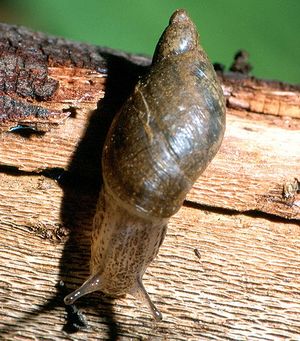Difference between revisions of "Species of Management Concern"
Cellsworth (Talk | contribs) |
Cellsworth (Talk | contribs) |
||
| (3 intermediate revisions by the same user not shown) | |||
| Line 105: | Line 105: | ||
=='''Birds'''== | =='''Birds'''== | ||
| + | *[http://gcdamp.com/index.php?title=Southwestern_Willow_Flycatcher-_EP Southwestern Willow Flycatcher] | ||
*California Condor | *California Condor | ||
*Mexican Spotted Owl | *Mexican Spotted Owl | ||
Latest revision as of 11:42, 25 January 2022
|
Taxa of Management Concern (TMC)April 2009 motion: Endangered or Previously Listed TMC: A total of 18 taxa (21 percent of the TMC) are
presently, or recently have been federally or state-protected, or are of specific importance to
Tribes, either through the ESA, through separate federal legislation, or through state or Tribal
recognition. Among these 18 taxa are at least 10 extant endangered species exist in the CRE,
including: 1 terrestrial gastropod, 1 fish species, 4 bird species, and several incidentally occurring
listed bird taxa (Appendix A). Non-listed Extirpated, Declining, and At-risk TMC: Extirpated or at-risk species that are not
federally listed make up the majority of the TMC in the CRE. These species include all of the
above taxa. A total of 46 (53.5 percent) of all TMC had restoration potential scores >50,
suggesting that they may warrant management attention, including research, monitoring, or
restoration. For example, Goodding’s willow (Salix gooddingii) has disappeared from numerous
localities at which it occurred at and before 1963, with loss related to beaver foraging and postdam
recruitment failure driven by coarsened grain size (Stevens 1989, Grand Canyon Wildlands
Council, Inc. 2009). However, the quality of status and distribution data on at least 52 (61
percent) of the TMC was inadequate to determine management needs or options for many rare
taxa, including plant, invertebrate, herpetofaunal (especially amphibians and snakes), mammal,
and migratory bird and bat taxa. Non-Native Species: Although the focus of this report is on native TMC, we note the presence of several hundred non-native taxa (particularly plants, fish, several invertebrates, and several birds), which interact with native species in complex fashions and play important ecological roles in the CRE. A more comprehensive ecosystem-based understanding of the role of nonnative species is warranted, but is beyond the scope of this report. [2] |
| --- |
--- |
--- |
|---|
|
